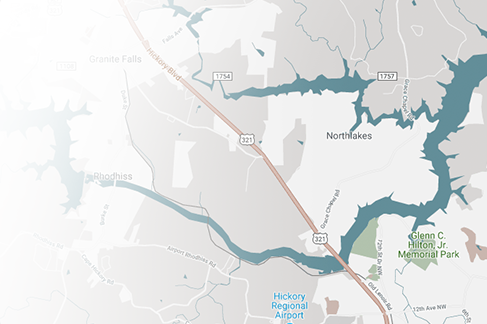A bursa is a small fluid-filled sac found between bones and soft tissues, such as muscles and tendons. Its purpose is to reduce friction between these tissues and provide extra cushioning so that joints move smoothly. You have over 150 of these small bursae inside your body and can find them at many joints, including several in and around your knees.
At Prime Surgical Suites, our knee surgery specialists work with hundreds of people every year struggling with knee pain caused by irritation of the small bursae around the knee. Learn more about why this sort of irritation happens and what can be done to find relief (hint: surgery is rarely necessary!).
What is Bursitis?
Bursitis is the inflammation and swelling of a bursa. Goosefoot bursitis, also known as pes anserine bursitis, happens when the bursa between the tendons of the hamstring muscles and the shinbone (tibia) becomes inflamed and swollen.
Causes of Goosefoot Bursitis
Goosefoot bursitis is often caused by multiple factors, including:
- Direct trauma to the knee
- Repetitive stress and friction on the knee (e.g., during high impact sports like running)
- Other health conditions affecting the knee including osteoarthritis, rheumatoid arthritis, gout, obesity, and degenerative joint disease
According to the American Academy of Orthopedic Surgeons, other possible factors include overly short or tight hamstrings, poor training methodologies (e.g., not stretching properly, doing excessive hill runs, or suddenly increasing your weekly running mileage), and postural abnormalities such as a lower leg that turns out or flattened arch in the foot.
Symptoms of Knee Bursitis
If you have goosefoot bursitis, you'll likely experience pain and tenderness on the inner side of your knee about two to three inches below the joint. This area will probably be tender to touch, and it could be slightly warm and red, too. You might also experience pain in the center of your tibia. All types of knee bursitis can also lead to swelling and pain that worsen with specific movements, such as getting up from a chair, climbing stairs, or kneeling.
Treatment for Bursitis
Most people who experience bursitis respond well to conservative treatment. This includes rest, ice, gentle range of motion exercises prescribed by a physical therapist or similar health professional, and anti-inflammatory pain medications. In some cases, steroid injections into the bursa can help reduce the swelling, especially if bursitis symptoms keep returning. If bacteria infect the bursa, then a course of antibiotics is often recommended.
Surgery for bursitis is rarely necessary. Our Prime surgeons might recommend surgical removal of a bursa only if conservative treatments are ineffective and if the inflammation becomes chronic, or if the bursa becomes infected.
After your bursitis heals and symptoms go away, it's important to avoid re-aggravating the joint and putting too much pressure on the bursa. This might require some lifestyle changes, such as modifications to your physical activity or diet changes that promote sustainable weight loss. If postural issues are a contributing factor to your bursitis, then you might also benefit from specialized shoe inserts, knee braces, or other devices that can support and correct your lower leg alignment.
At Prime Surgical Suites, we provide state-of-the-art, cost-effective musculoskeletal surgical care in a convenient and comfortable outpatient setting for patients of all ages. Located in RiverCrest Medical Park, we are the region's first outpatient center focused exclusively on orthopedics. Our physician-led center will help restore your active lifestyle and well-being with compassion and orthopedic excellence.
.png?width=200&height=63&name=Prime%20Surgical%20Suites%20Logo-FINAL%20(REV_2_19).png)






